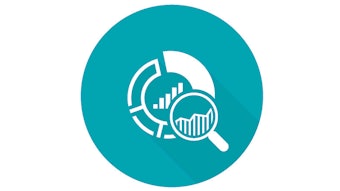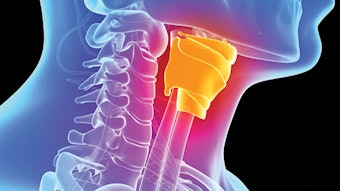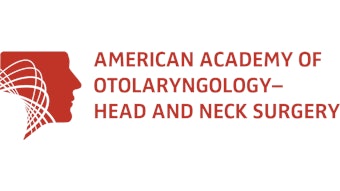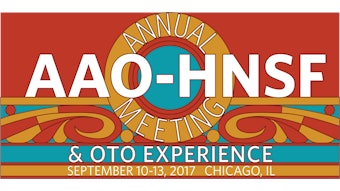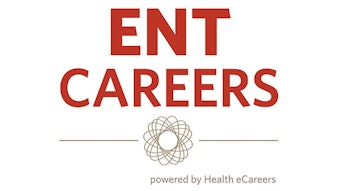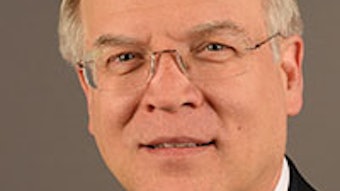Board of Governors | Health literacy and patient safety: Assuring quality communication
Ensuring clear, effective communication in the clinician-patient encounter is pivotal to quality of care, patient satisfaction, and patient safety.
Phyllis B. Bouvier, MD, Vice Chair, BOG Governance & Society Engagement Committee
Me: “Honey, what did the oral surgeon say about swimming now?”
Husband: “I don’t know; maybe you could come next time?”
 Phyllis B. Bouvier, MD, Vice Chair, BOG Governance & Society Engagement Committee
Phyllis B. Bouvier, MD, Vice Chair, BOG Governance & Society Engagement CommitteeMy husband is the smartest person I know, able to develop complex medical programs from mere ones and zeros. What, then, is the issue?
Ensuring clear, effective communication in the clinician-patient encounter is pivotal to quality of care, patient satisfaction, and patient safety.
Health literacy is an individual’s ability to obtain, process, and understand basic health information and services needed to make appropriate health decisions and to accurately follow treatment recommendations. When health literacy is limited, studies show there are more medication errors, inpatient admissions, emergency room visits, and higher medical costs. Preventive services are less likely to be accessed and negative outcomes are higher.

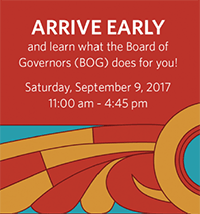
The Joint Commission recommends the use of Health Literacy Universal Precautions developed by the Agency for Healthcare Research and Quality (AHRQ), which involves:
- Simplifying written, verbal, and numerical communications for the patient or caregiver in any language.
- Verifying comprehension by having a staff member review the after-visit summary as an additional reinforcement for compliance of the care plan.
- Creating an office environment that is easier to navigate. A warm hand-off may be necessary when transitioning care to another provider.
- Encouraging and supporting the patient’s involvement in his or her own health. This may be the most complicated of the recommendations as it is influenced by numerous factors, such as the physician’s/patient’s/caregiver’s culture, social determinants of health, family dynamics, geography, or physical ability.
Interested in practice-based tips similar to this? Your Board of Governors (BOG) is here for you. Get more involved with the BOG by attending committee meetings held during the AAO-HNSF 2017 Annual Meeting & OTO Experience, beginning on Saturday, September 9, in Chicago, IL.

